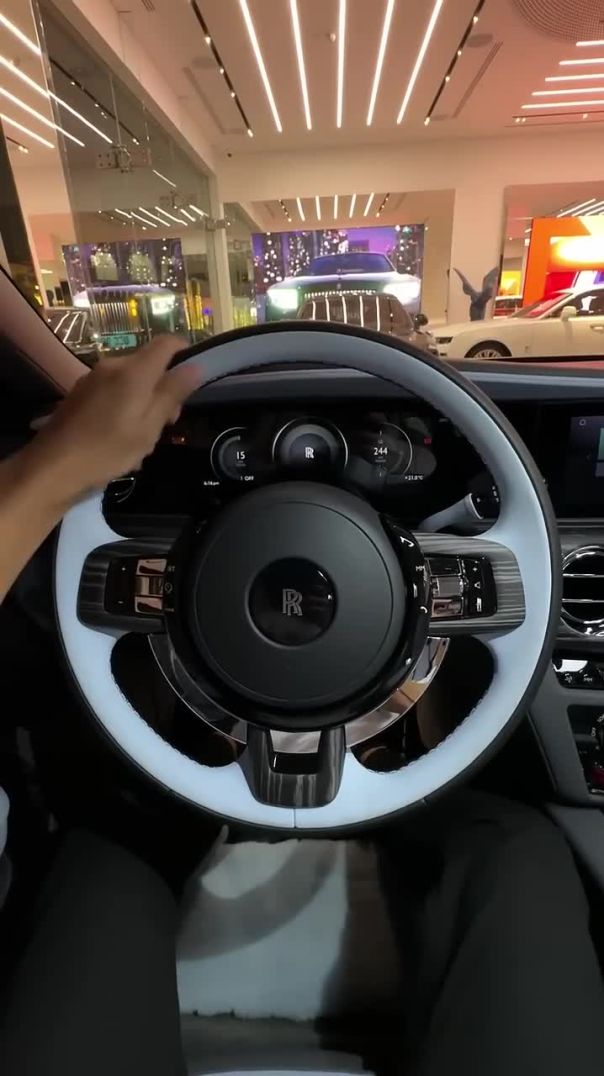187 Views· 20 May 2024
Rusty 1967 Ford Mustang GT500 Restoration Project
Breathing New Life into an Icon
Restoring a classic car like the 1967 Ford Mustang GT500 is a dream project for many car enthusiasts. This iconic muscle car, known for its powerful engine and sleek design, is a symbol of American automotive history. However, when faced with a rusty, neglected GT500, the restoration process can be both challenging and rewarding. This guide outlines the steps involved in bringing a rusty 1967 Ford Mustang GT500 back to its former glory.
**Project Overview: Assessing the Damage**
The first step in any restoration project is to assess the condition of the vehicle. For a rusty 1967 Ford Mustang GT500, this includes:
- **Inspecting the bodywork**: Checking for rust, dents, and structural damage.
- **Evaluating the engine**: Determining the condition of the engine and drivetrain.
- **Examining the interior**: Assessing the state of the seats, dashboard, and other components.
- **Checking the electrical system**: Ensuring all wiring and electronics are functional.
**Phase 1: Disassembly**
**Steps:**
1. **Remove the interior components**: Seats, carpets, dashboard, and trim.
2. **Detach the body panels**: Doors, hood, trunk, fenders, and bumpers.
3. **Take out the engine and transmission**: Using an engine hoist for safe removal.
4. **Strip the paint**: Using chemical paint strippers or sandblasting to reveal the bare metal.
**Phase 2: Repairing the Bodywork**
**Steps:**
1. **Cut out rusted sections**: Using a grinder or cutting tool to remove rusted metal.
2. **Weld in new metal patches**: Fabricating new panels as needed and welding them in place.
3. **Straighten any dents**: Using body hammers and dollies.
4. **Apply body filler**: To smooth out minor imperfections.
5. **Prime the body**: Applying a rust-inhibiting primer to protect the metal.
**Phase 3: Rebuilding the Engine and Drivetrain**
**Steps:**
1. **Disassemble the engine**: Inspecting each component for wear and damage.
2. **Clean and machine parts**: Degreasing, cleaning, and machining engine components as needed.
3. **Rebuild the engine**: Reassembling with new gaskets, seals, and any necessary replacement parts.
4. **Refurbish the transmission**: Inspecting and repairing or replacing worn components.
5. **Reinstall the engine and transmission**: Ensuring proper alignment and connection.
**Phase 4: Restoring the Interior**
**Steps:**
1. **Refinish or replace seats**: Reupholstering or installing new seats.
2. **Restore the dashboard**: Repairing cracks and refinishing surfaces.
3. **Install new carpeting**: Choosing a color and material that matches the original or desired aesthetic.
4. **Replace or refurbish trim**: Polishing or replacing interior trim pieces.
5. **Check the electrical system**: Rewiring as necessary and ensuring all components work properly.
**Phase 5: Painting and Finishing Touches**
**Steps:**
1. **Prep the body for paint**: Sanding and cleaning the surface to ensure proper adhesion.
2. **Apply base coat and clear coat**: Using high-quality automotive paint for a durable finish.
3. **Wet sand and polish**: To achieve a smooth, glossy finish.
4. **Reassemble body panels**: Ensuring proper alignment and fit.
5. **Add finishing touches**: Installing badges, trim, and any other exterior details.
**Phase 6: Final Assembly and Testing**
**Steps:**
1. **Reinstall the interior**: Seats, carpets, dashboard, and trim.
2. **Reconnect the electrical system**: Ensuring all lights, gauges, and electronics function.
3. **Perform a thorough inspection**: Checking all systems for functionality and safety.
4. **Test drive**: To ensure the car performs as expected and make any necessary adjustments.
Restoring a rusty 1967 Ford Mustang GT500 is a monumental task that requires time, patience, and a passion for classic cars. The result is a beautifully restored muscle car that not only looks stunning but also performs as it did in its heyday. This project not only preserves a piece of automotive history but also provides a rewarding experience for any car enthusiast.




























0 Comments